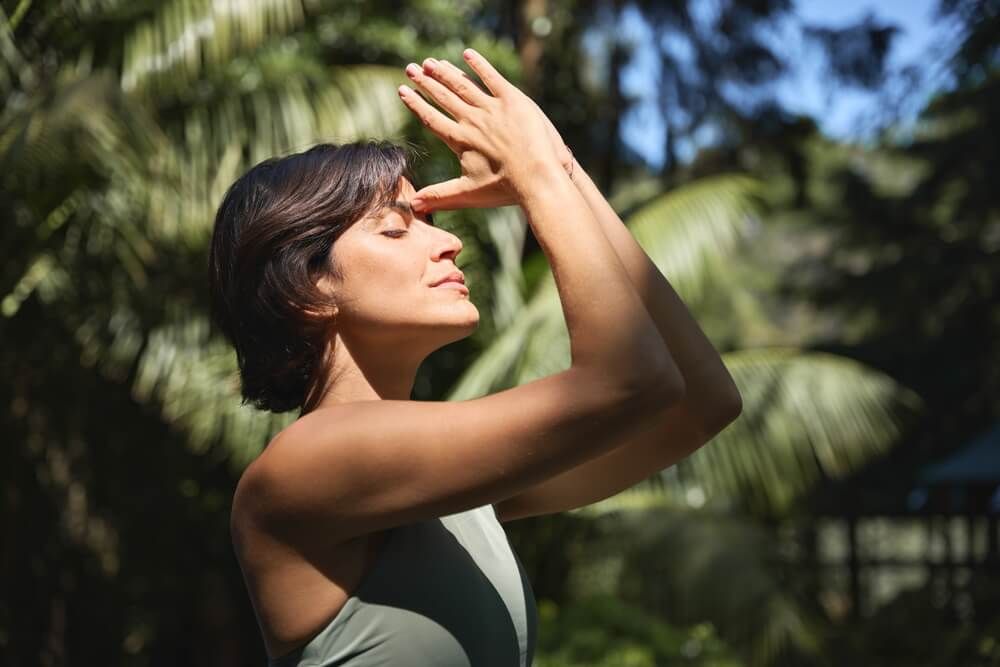How many of you have heard the phrase “chest breathing”? Though many athletes don’t pay much attention to how they breathe, it is an integral part to both performance and over-all health. A quick drill to test this is to lie on your back knees up, one hand on your chest and one hand on your abdomen; which hand rises when you take a deep breath in? Many of you will probably find that your chest rises and there is minimal movement from your abdomen. This has many negative clinical and personal consequences. Not using the proper muscles to breathe leads to decreased oxygen intake, along with postural syndromes, myofascial pain syndromes, and other syndromes you don’t want.
What is a IMPROPER breathing pattern?
Many of you may have noticed that your chest rose higher than your abdomen; perhaps your abdomen did not rise at all. As I have stated in previous posts your body is very good at getting things done. You do also have what are termed “accessory breathing muscles”; namely scalenes, upper trapezius, SCM, and pecs. These are muscles which have minimal activity in normal breathing but become over-active. This over-activity is typically a result of lifestyle due to poor posture, excessive sitting, and/or deconditioning. This will always result in hypomobilities of the thoracic spine and usually cervical spine; this is where spinal manipulation is very important!
What is a PROPER breathing pattern?
Your diaphragm is a fan shaped muscle that functions in breathing. Its a primary breather, meaning that is its main job. When you inhale, the diaphragm vaults down and working with your external intercostal muscles, expands the thoracic cavity allowing the lungs to inflate. The ability of the diaphragm to vault unrestricted is important for oxygen consumption as well as core stabilization.
What does this have to do with my core?
If you think of your “core” as a cylinder you would have the lumbar erectors (lower back muscles) posteriorly, oblique muscles on the side, abdomen and transverse abdominis anteriorly, pelvic floor inferior, and superior we have the diaphragm (think if it as the lid). Picture yourself in a squat position (or over-head press). In order to prevent injury we must prevention flexion of the spine. When you take a deep breath in you are filling your lungs and your abdominals contract filling the thoracic cavity, but without the “lid” that pressure will all be lost leading to instability (and eventual injury). Circumferential activation is necessary for a stable core.
Quick Tips:
- Mobilize your thoracic spine
- Stretch your neck muscles
- Focus on inhaling through

